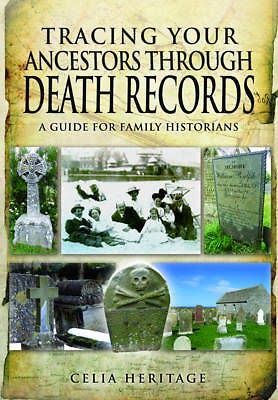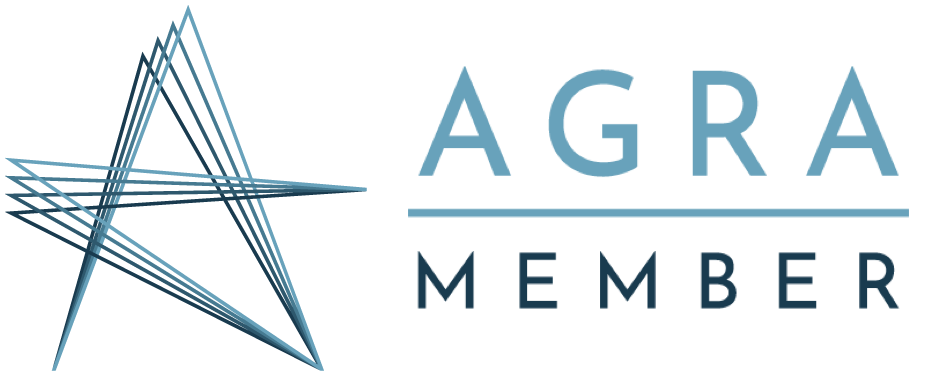Killing off Your Ancestors
I recently blogged about Monumental Inscriptions as an underused source of information for genealogists. There are other intrinsically linked records relating to the deaths of our ancestors that are also often overlooked, even the death certificates themselves. Many of us conducting our own research leave death certificates as a luxury item to buy at a later date. Indeed if you search for a “professional” genealogist offering family tree “packages” many consider death certificates an add on item, not included as standard.
I have to say that I find this immensely frustrating. More than once I have solved a problem using the informant details on a death certificate. Personally I always include a death certificate where possible when compiling a client’s family tree.

This is why I was so interested in Celia Heritage’s book, Tracing Your Ancestors Through Death Records. Yesterday I had the opportunity for some “reading for pleasure” and I have to say I was so engrossed that I read the whole book from cover to cover in one day.
Celia’s writing style is very easy to read. She talks about the major record groups but introduces examples from her own research to bring the records to life. Death certificates are covered in detail as are burial records, death duty records, coroner’s inquests, newspapers, wills and other probate records and, of course, monumental inscriptions.
There are many genealogy books on the market that take you through the various records, often separating beginners’ records from more advanced research. There are two main differences in Celia’s style to many of these works. Firstly the records are put into social context. What did this mean to the rest of the family? Did others in the village die from the same disease indicating an epidemic of some kind? Secondly there are many hints for good quality sound research. Not only will you learn about what you may find in different record sources that can add to the breadth of information you have for your ancestors; you will also learn why your ancestors may not be found, where record survival is patchy and what alternative searches to try.
The research techniques employed and advice presented relate to any genealogical research and are not limited to death records. Furthermore, in her fabulously detailed chapters on death certificates and burial records there is much to be learned that can be applied to birth and marriage certificates and parish registers in general.
This is a book that provides essential reading for both the beginner to family history and the more experienced researcher who is, perhaps, looking for some alternative strategies to solve research problems.
If you take one message, please reconsider the thought that death certificates are not required and kill off those ancestors!








